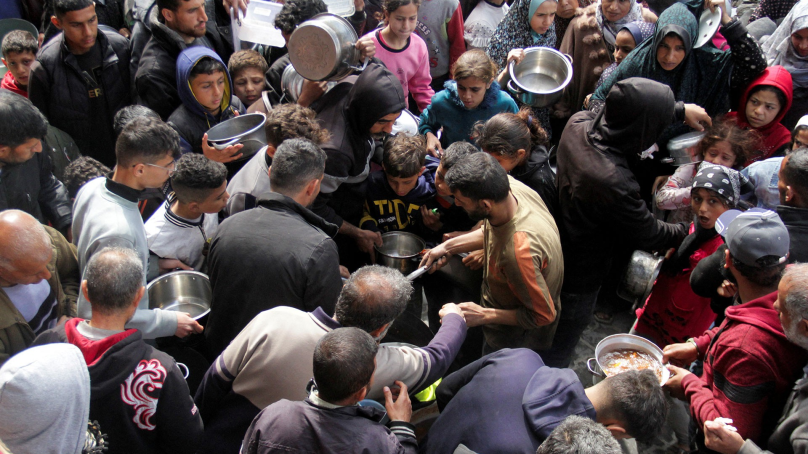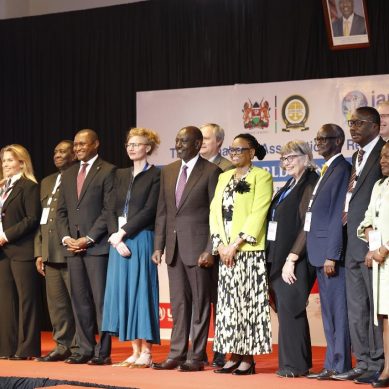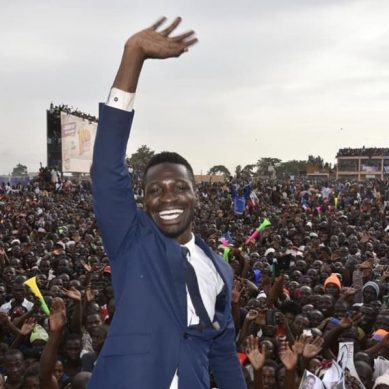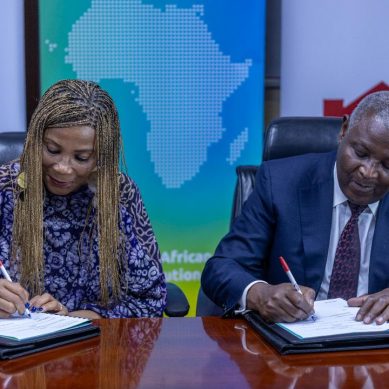
In 2023, almost 282 million people in 59 countries and territories experienced extreme food shortages that threatened their lives or livelihoods, according to the 2024 Global Report on Food Crises. Conflict, violence or political unrest was the primary driver in 19 of those countries, Gaza and the West Bank.
In Gaza, Israel’s 13-month military campaign has displaced an estimated 1.9 million Palestinians, many of them multiple times. Bombings, movement restrictions and evacuations ordered by Israel’s military block access to health care and keep aid workers from reaching people in need.
All this makes it extremely difficult for the IPC to get data for two of the statistics it seeks for a famine determination – malnutrition and hunger-related deaths, aid workers told Reuters.
The Integrated Food Security Phase Classification or IPC’s preferred method for assessing acute malnutrition levels is to measure children’s weight and height. But Israeli bombing has destroyed many of Gaza’s hospitals and clinics – and along with them, scales and height boards. Humanitarian organizations instead trained health workers to measure children’s upper arms.
The IPC relied on such measurements in October, when it reported that acute malnutrition rates in Gaza were 10 times higher than before the conflict but still below its threshold for deeming an area in famine. But the data was collected in August and September, before conditions worsened in the north, where Israel is conducting intense attacks. Since October, health workers have been unable to get there to collect malnutrition data.
The conflict also has imperilled the data collectors themselves, who often are aid workers. At least 337 aid workers have been killed in Gaza since the Israeli operation began, the most ever in a single crisis, according to the UN.
In November 2023, a few weeks before IPC analysts began working to gauge whether Gaza was in famine, a convoy carrying staff and family from Médecins Sans Frontières (Doctors Without Borders or MSF) came under fire, killing two. MSF said the convoy was clearly marked with the aid group’s logo and said all evidence pointed to a deliberate attack by Israel.
So worried was the IPC about aid workers’ safety in Gaza that it set up anonymised Zoom calls to conduct its work, six participants told said. Some of the IPC analysts worked for humanitarian organizations on the ground in Gaza, and the IPC feared they could be targeted by Israel.
So each day, a facilitator would conceal the analysts’ identities before letting them into the virtual meeting room. Instead of screen names, they had numbers: Analyst 1, Analyst 2, Analyst 3. All kept their cameras off.
The Israel Defence Forces did not respond to questions about the MSF incident, attacks on aid workers or the IPC’s efforts to protect its analysts. COGAT, the Israeli government body that oversees aid to Gaza, said in recent months a new Israeli government board has begun focusing on the safety of humanitarian workers. It “facilitates efficient and rapid information sharing” to help them distribute aid safely and effectively, COGAT said.
The IPC did not have a group of analysts working in Gaza when Israel’s military operation began. So the IPC set up an ad hoc group, headed by its own staff rather than local government representatives. The arrangement was meant to protect the group’s neutrality, two IPC sources said.
Almost everywhere else the IPC operates, a government official heads the working group. The IPC works on the assumption that governments want to get aid to the starving.
But it was found that several governments or ruling factions sought to manipulate or suppress data collection for IPC analyses. They have used the IPC’s own rigorous requirements to exclude crucial evidence of famine and delay the publication of reports warning about the risk of famine.
In Sudan, the government sought to suppress a key malnutrition and mortality study that helped show that the huge displaced persons camp called Zamzam was in famine. The camp formed in 2004, during attacks by the Sudanese government and Janjaweed-aligned militia that resulted in ethnically motivated mass killings. It now shelters about 500,000 displaced people.
MSF randomly selected and measured the upper arms of 659 children there in January. The aid group found almost 25 per cent to be acutely malnourished – higher than the IPC’s 15 per cent threshold for famine. It also found alarmingly high mortality rates among the wider population.
At the end of March and into early April, the group screened another 47,000 children and found one of every three malnourished. Some children died while waiting in line to be screened, said Seham Abdullah, a 28-year-old doctor who worked on the survey and is still treating patients there. Others died on the way to the clinic, she said.
“The children are sent away because there are no beds,” Abdullah said. “Then they come back later and their conditions are worse.”
MSF treatment for malnourished children has been hindered by sporadic aid shipments. For a time this fall, it was unable to treat 5,000 children with acute malnutrition because warring parties were preventing supplies from reaching the camp.
MSF’s child nutrition and mortality survey from January gave the IPC valuable data points as it worked to determine if the area was in famine. A famine analysis considers people’s access to food, along with malnutrition and mortality rates. But the Sudanese government – engaged in a civil war with the Rapid Support Forces (RSF) and adamantly opposed to a famine declaration for strategic reasons – rejected the study.
Ibrahim Khatir, head of the North Darfur health ministry, said in August that MSF’s findings were exaggerated to drum up funding. Aid organisations “do it as advertising so they can get more support,” he said. “So they can get nice houses, cars, salaries, they rely on the suffering, the hunger.”
In response to Khatir’s remarks, MSF noted the statistical rigor of its analysis and called its findings “unambiguous.”
“The plight of Sudanese people, only receiving a trickle of humanitarian aid at best while trapped by hunger and war, is nothing short of outrageous,” Michel-Olivier Lacharité, MSF head of emergency operations, said in an emailed statement.
In June, Sudan’s ambassador to the UN, Al-Harith Idriss al-Harith Mohamed, criticised outsiders’ efforts to declare famine in Sudan, which he called “a narrative whereby famine can be dictated from above.” A famine declaration would increase pressure on the government to open a key aid-shipment border crossing from Chad, which he called a “Pandora’s box” that would open up arms smuggling to the RSF.
Sudan’s agriculture minister, Abubakr al-Bushra, raised similar objections in a letter later that month to Lopez, the IPC chief. Lopez replied that the IPC could not factor Sudan’s military concerns into its analysis.
“The issues you raised about the risks of diversion of humanitarian assistance and of a potential conflict expansion go beyond the purpose and objectives of a Famine Review,” Lopez said in the July 4 letter, seen by Reuters.
After MSF published its nutrition and mortality findings on Zamzam in February, it took the IPC six months to alert the world that famine was happening there. Over that time, the average number of graves dug daily in Zamzam grew.
High-resolution optical and radar satellite imagery was used to examine activity in seven Zamzam graveyards. The images reveal an average rate of at least 1.6 new graves added each day in March. By November, that rate had grown to at least 4 each day.
The analysis is likely an undercount because it is impossible to know if the images reveal every burial, especially small children’s graves. In February, MSF estimated that one child was dying every two hours in the camp.
The news agency’s use of satellite imagery is an example of new types of data that could be incorporated into the IPC’s analyses, Haan said. The Famine Review Committee cited Reuters’ work as one piece of evidence in its August famine finding. The IPC is now working with Yale University’s Humanitarian Research Lab to explore ways of using similar analyses in its reports, Haan said. It also is exploring machine-learning techniques, which rely on computer models to predict outcomes.
Zamzam’s misery continues. The camp has come under intense shelling this week, a volunteer worker and an aid organization told Reuters.
- A Reuters report








